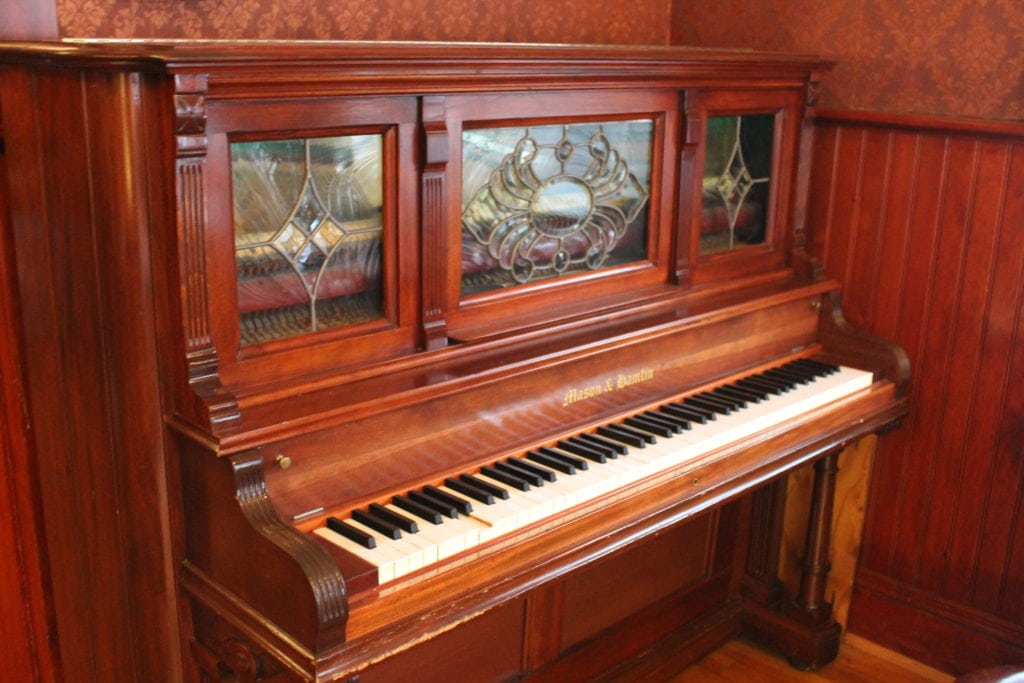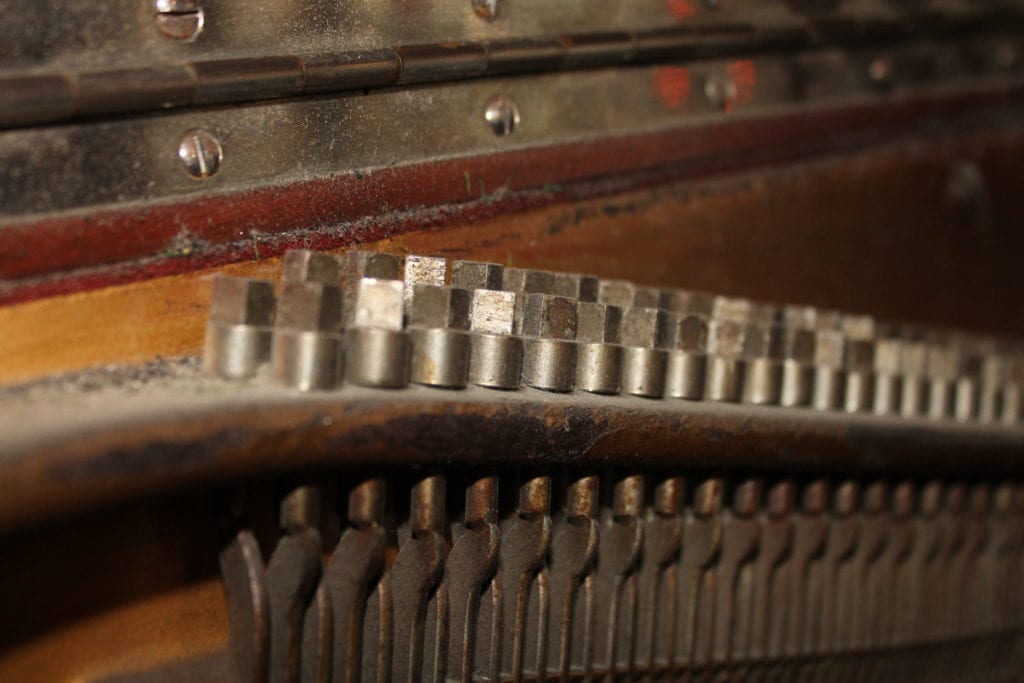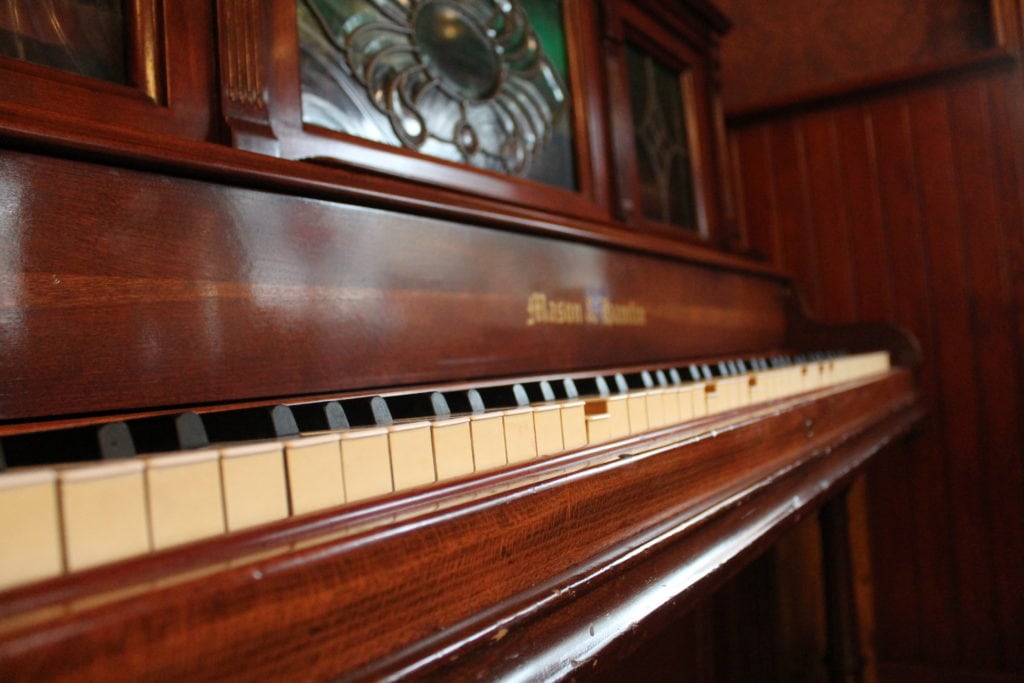One thing that I love about my job is that it is never boring.
Case in point: I showed up to a service call a few days ago and lifted the lid of the piano to find an obsolete tuning peg setup.
View this post on InstagramA post shared by Andante Piano Works (@andantepianoworks) on
Like any other type of technology, pianos have evolved greatly since their invention in the early 1700s.
The general form of the piano is easily recognizable, but there was a lot of trial and error and experimentation amongst the various piano manufacturers until the modern standard won out in the early 1900s. There are minor differences between different brands, but for the most part, all pianos built since that time contain parts that correspond to each other in predictable ways for technicians.

The Screw Stringer piano, built by Mason & Hamlin, was one of those attempts to experiment and possibly improve on the tuning apparatus.
Rather than use tuning pins driven into a wooden block perpendicular to the strings, the tuning screws on a screw stringer run parallel to the strings, which are hooked underneath the screw.

The fascinating thing about the screw stringer piano is that it is actually a great tuning system!
The piano was right on pitch when I got to it though it hadn’t been tuned for a few years, which demonstrates that it is stable, and wasn’t really any more difficult physically than what I am used to. It just happens to be a type of technology that didn’t end up winning out, like VHS vs beta (for those of you old enough to remember that fun battle). I do, however, have to say that I’m really glad I didn’t have to figure out how to replace a string on this one.
All in all, I enjoyed the experience of seeing and working on this rare type of piano.
They are likely to dwindle away over the years since the parts are obsolete and would therefore be difficult to replace, eventually rendering the pianos unusable. But they are still interesting on a nerdy historical level, and this one in particular is still going and well-loved. It even has a modern PianoDisc system installed that also needed some TLC.

